on taking it up & taking it back.

a zine by alex music, for IDH 3108, about inequality in the built environment.

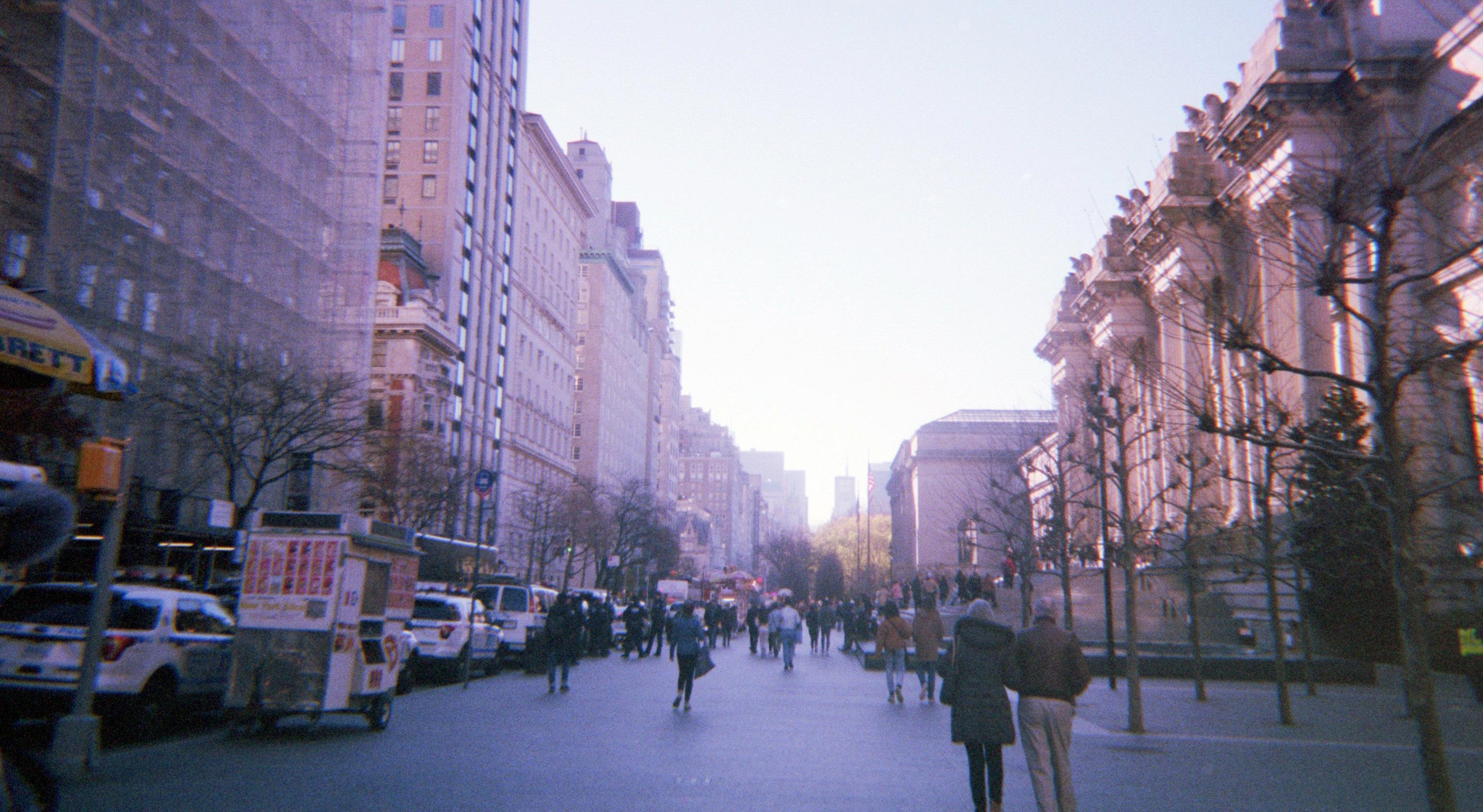


01 01 - Table of Contents 02 - About the Author 03 - Intro: Space Matters 05 - Case Study: Tulsa 07 - Field Notes 09 - Case Study: Atlanta Back cover - Sources
Hi! My name is Alex Music (she/ her). I’m majoring in Geogra phy and Applied Mathematics at Florida State University, and I’m in the honors program.
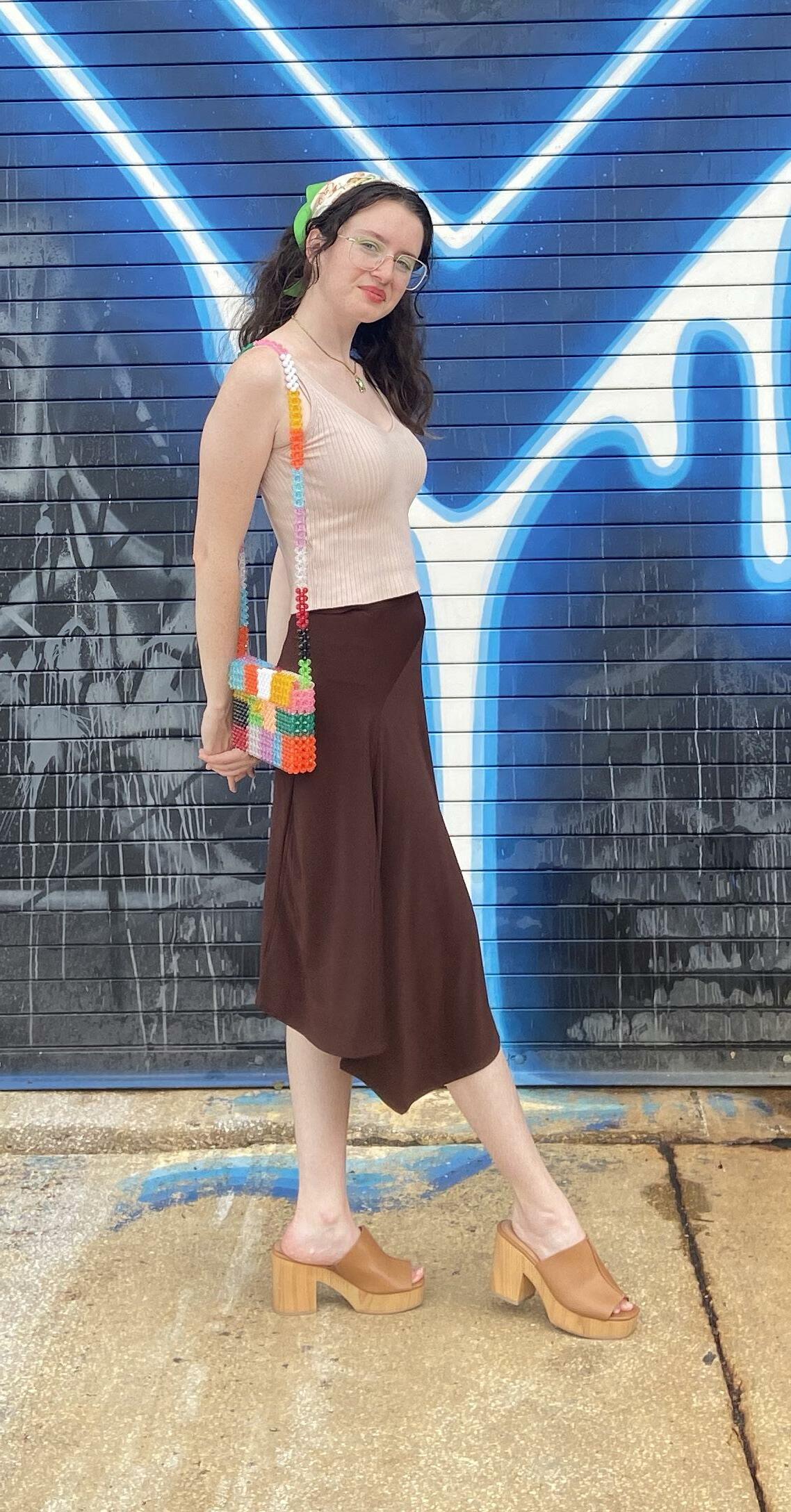
I’m making this zine for a course I’m in called Radical Visions of Freedom. A major theme of the course has been the issue of oppression, wheth er by virtue of race, sexuality, gender, or otherwise. As a student studying geography, I’ve noticed many connections to my major, so I was inspired to explore marginalization in the context of space.
In this zine, you’ll fine an introduction to topics like urban renewal, gentrification, and more, plus some case studies of what these processes look like in the real world, and how marginalized people are working against them.
Remember: Don’t be afraid to take up space. - Alex <3


02
Think about your city: What are the different neighborhoods like? Who lives there, and who doesn’t? Who struggles, who thrives? When did it get that way? Why did it get that way?
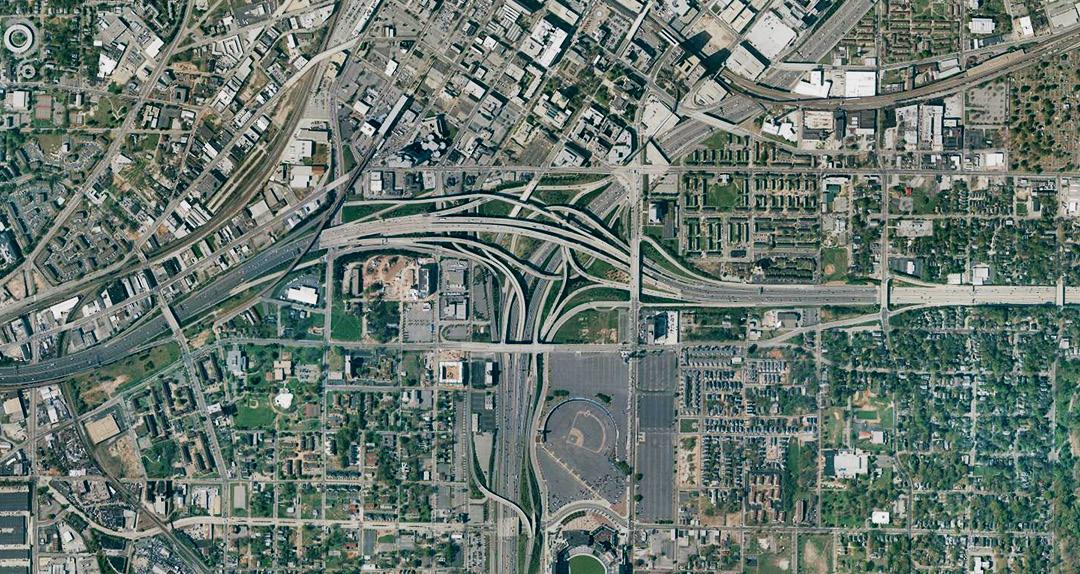


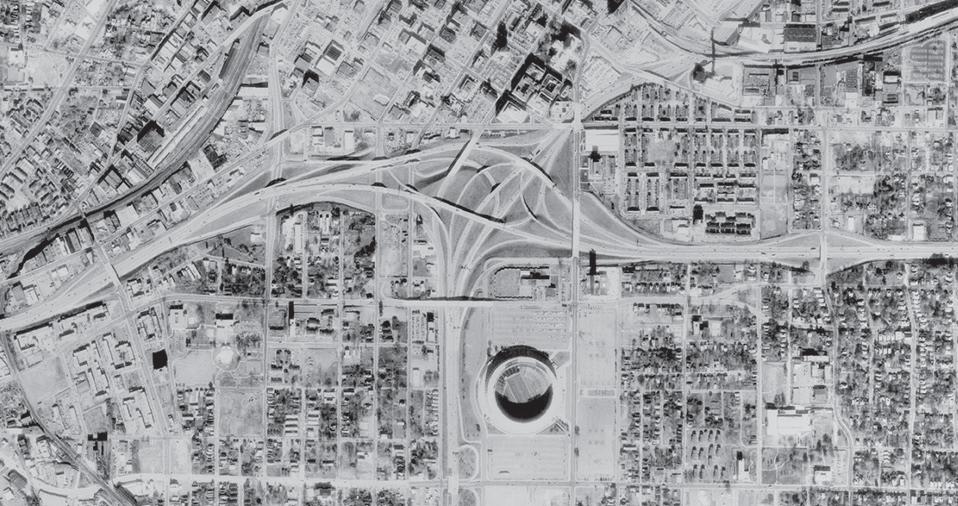
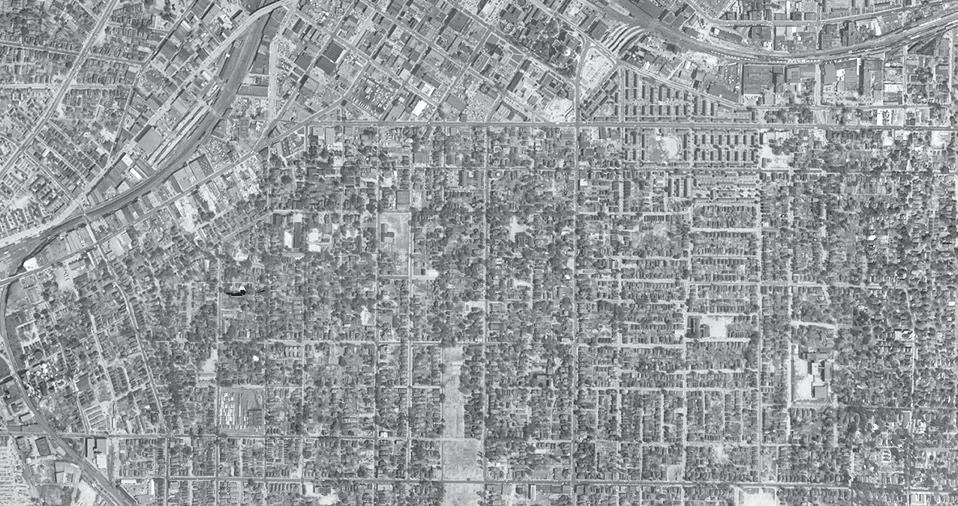
03
Above is the south side of Atlanta in 1955. Below is how it looks in 2002.
.............
Urban renewal
Urban renewal projects were popularized in the mid-20th century as a means of remedying “blighted” urban areas. This might sound like a good idea, but in reality, these projects targeted low-income areas and communities of color and facilitated their erasure. Take a look at that massive highway interchange on the left-- this was built in the formerly dense neighborhood of south side Atlanta, an area with a large percentage of black residents. Whole blocks were bulldozed for baseball parks, massive parking lots, miles and miles of interstates... these projects sought to provide amenities for suburban whites at the expense of mi norities’ livelihoods.
Redlining
Redlining was another way for planners to reinforce segre gation in cities. Maps were drawn up on the basis of fac tors like race and income, and were used by banks and in vestors to determine which neighborhoods were “risky” to invest in. This would prevent minorities from obtaining property loans and led to the rapid decine of once-thriving communities.
... and much more
Turn to page 9 for more information on spatial inequality in Atlanta.
For now, I think it’s time to dive deeper into the relationship between space and race.
............. ............................................................... ...
Do you see the problem? If you don’t, here’s some context.
04
The Greenwood District of Tulsa, Oklahoma was a thriving commu nity comprised of black-owned businesses and residences, so much so that it was dubbed “Black Wall Street.” Racial tensions with Tulsa’s white population came to a head in 1921 when a white girl reported that she had been assaulted by a black man in an elevator. This sparked a white mob to rage through the district, setting buildings aflame, tearing down structures, and killing hundreds. Hundreds more were injured, and about 10,000 people were rendered homeless.


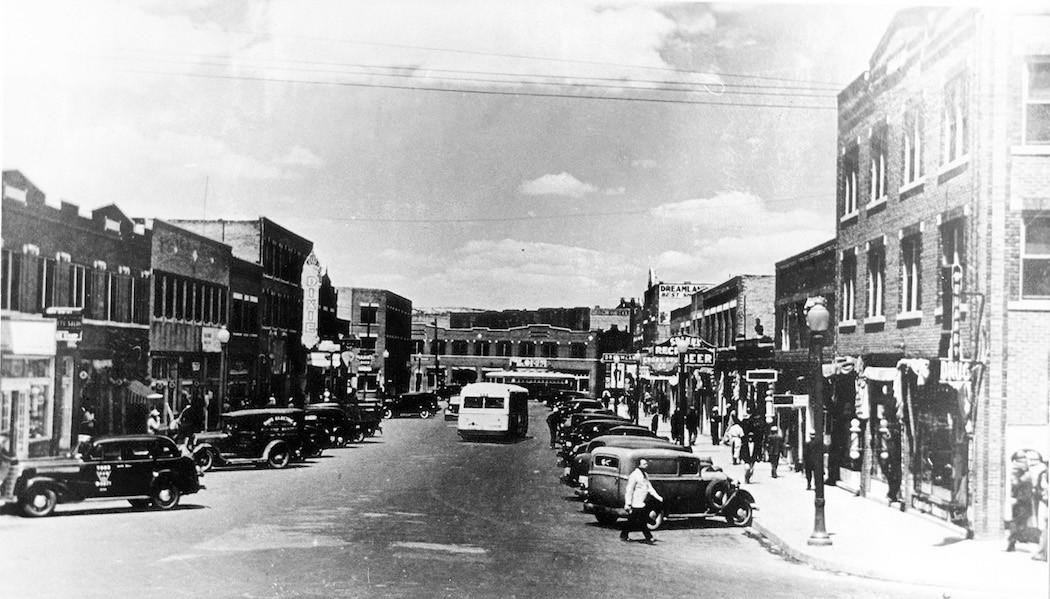
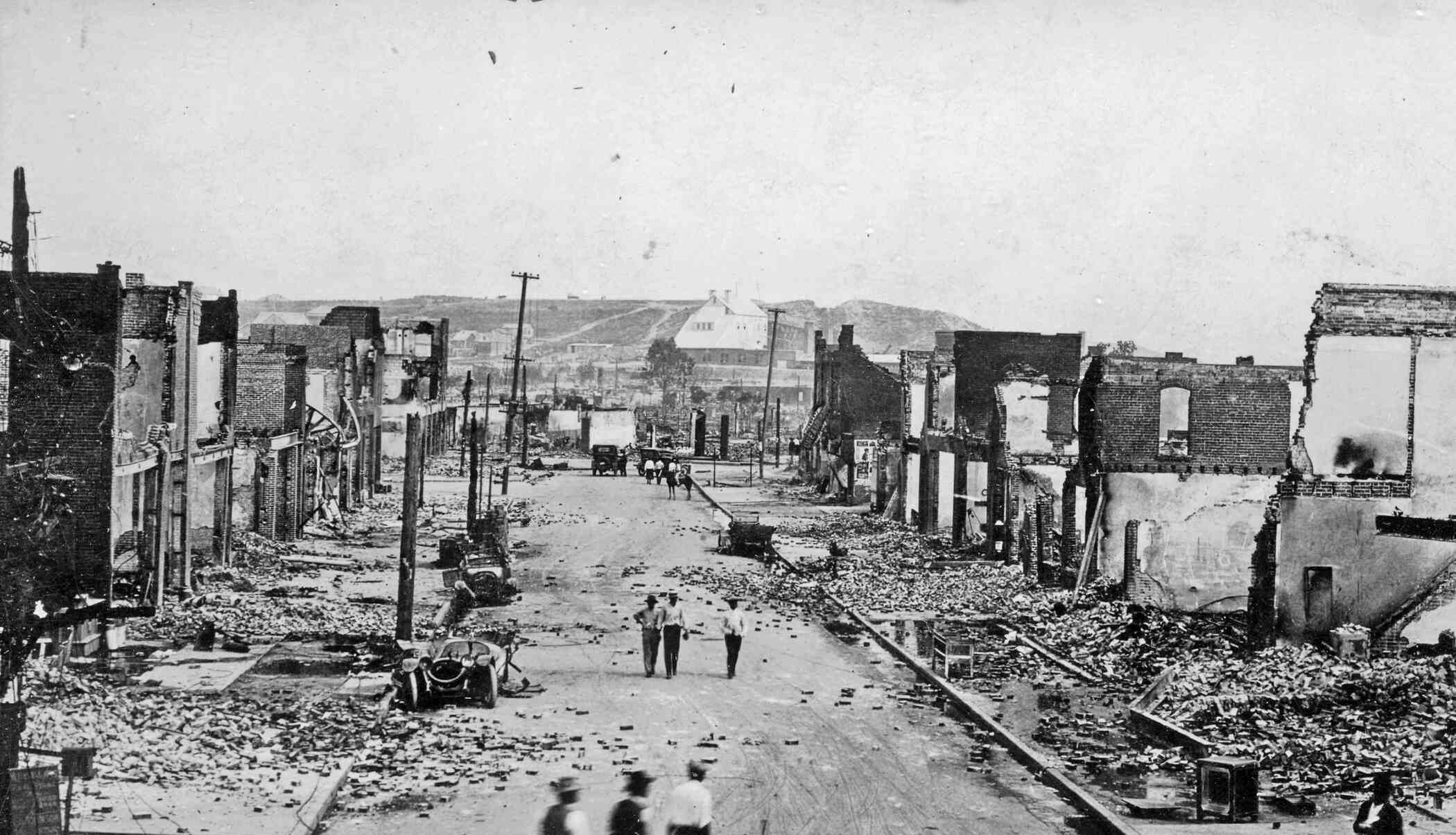
CASE STUDY:
05
before after
Despite this devastation, Greenwood rebuilt, battling redlin ing, urban renewal, and the decimation of generational wealth along the way. Today, what was once a bustling economic district only consists of a handful of buildings choked by an eight lane highway. However, activists and black residents have made large strides in reclaiming the space. Greenwood visitors can enjoy a history center, multiple memorial sites (see one below), blackowned businesses, and more.
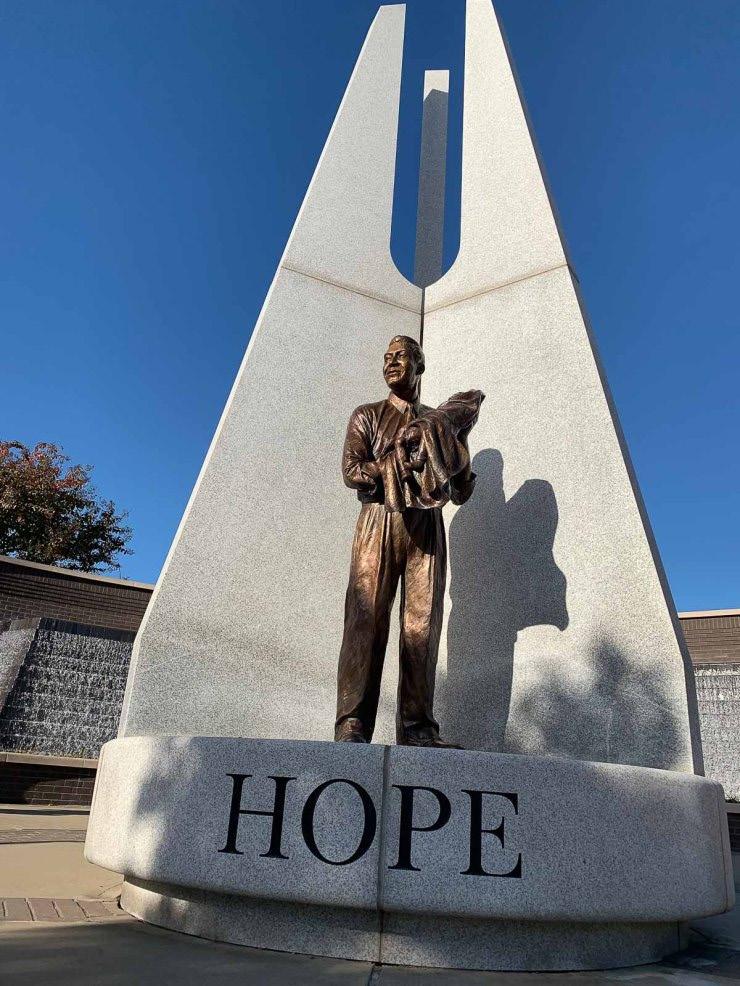
As you can see from the picture below, lots of new development is also coming to the Greenwood District. This is good for revi talizing the area, but begs the question of whether or not steps are being taken to prevent gentrification, the phenomenon of once undesirable areas being redeveloped with luxury amenities to attract upper-class, often white residents.
More on gentrification on page 10. today
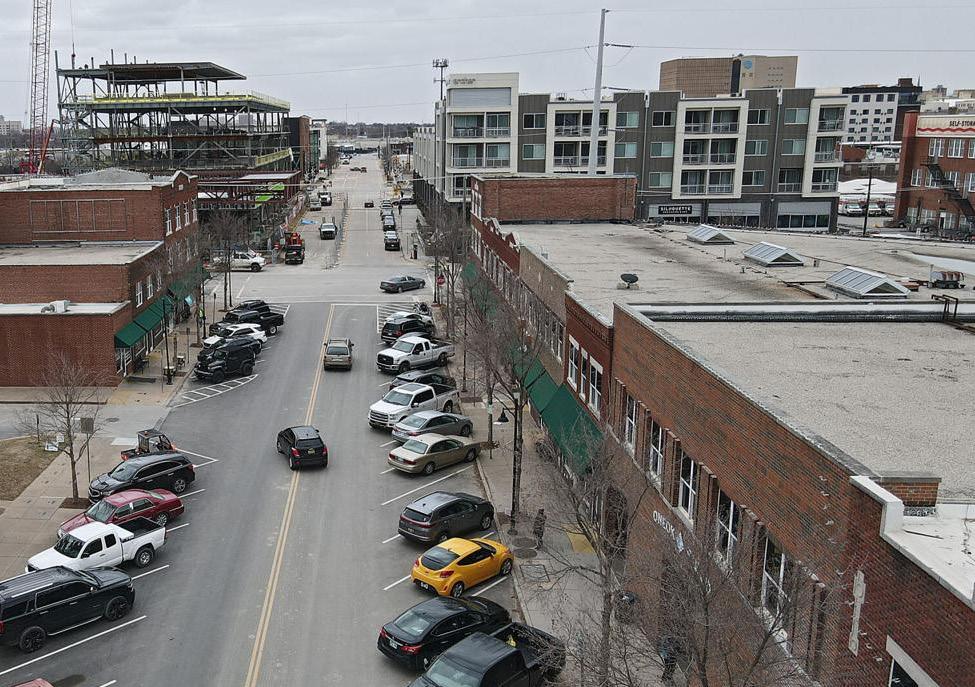
06
I love traveling, and I always try landscape. Here’s some film phoCentral
Park, NY
Central park is well-known as an oasis within the con crete jungle of NYC. The land used to be a neighbor hood called Seneca Village, one of the first free black communities in the United States. The neighborhood was bulldozed to make way for the park.
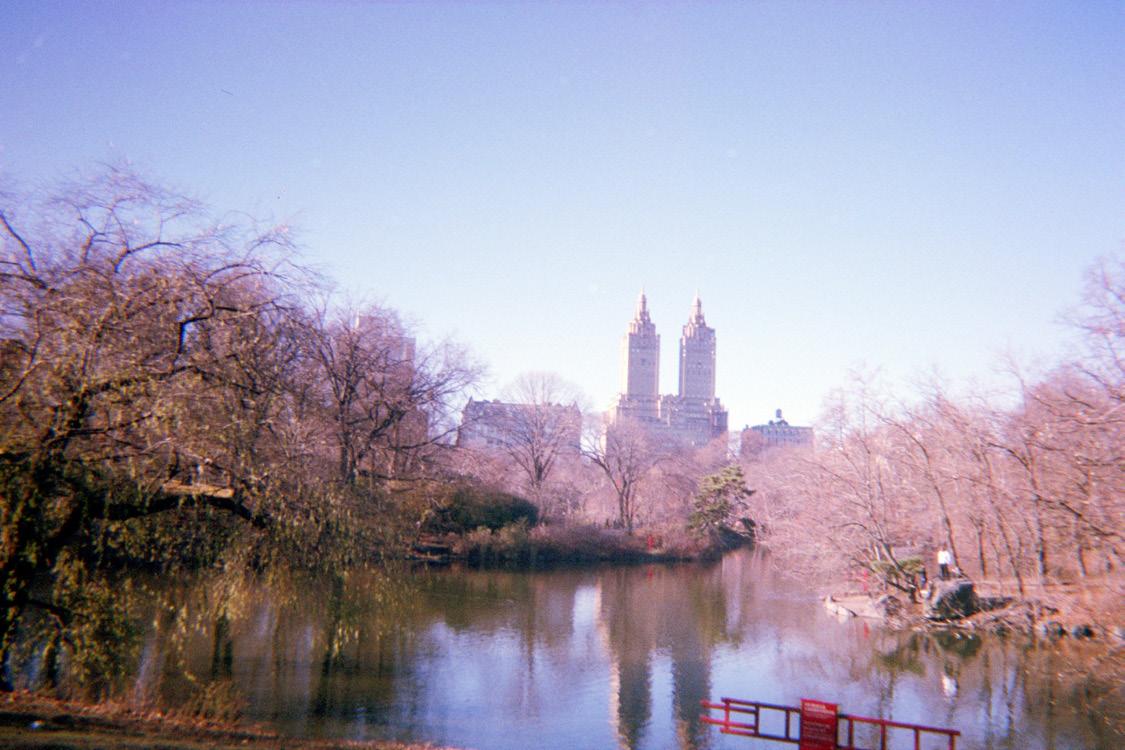
Marianna, FL

St. Luke’s Baptist Church, pictured in this photo, was destroyed by Hurricane Mi chael in 2018. It was a his torically African-American church, and was a stop on the Florida Black History Trail before its destruc tion.
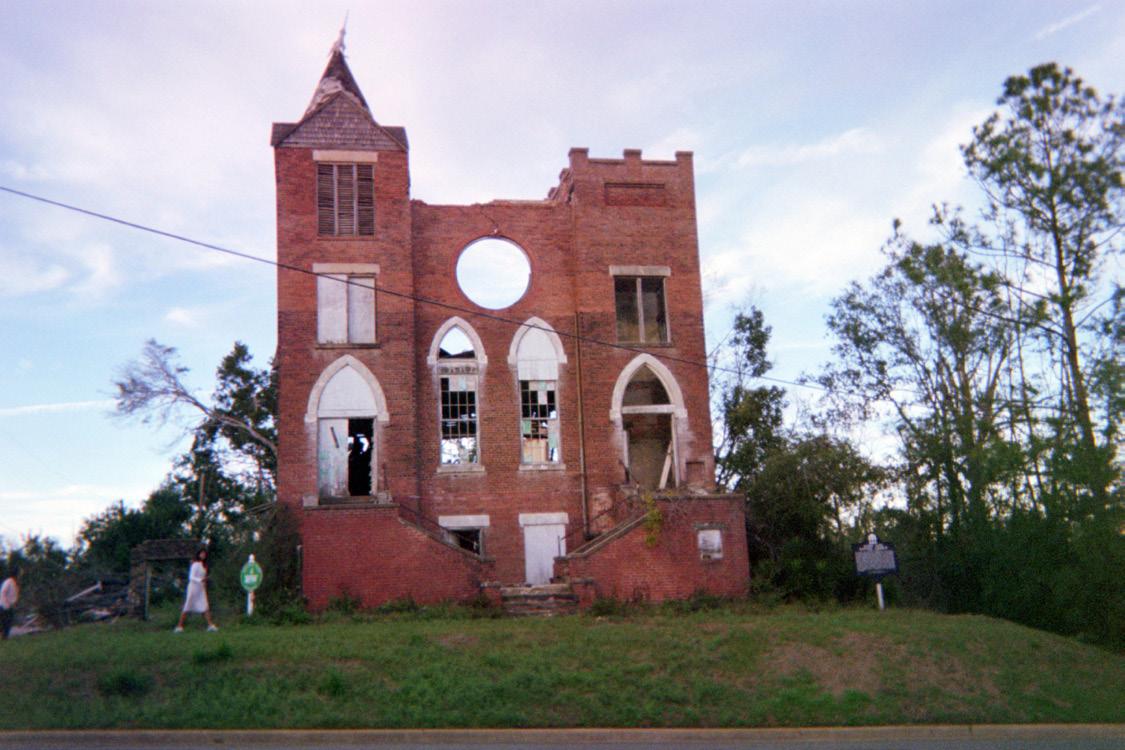
07
to take note of the histories of every tos I’ve taken, plus some commentary.
St. Petersburg, FL
Out of the Closet is a chain of thrift stores through out the United States. Their profits go towards HIV/AIDS healthcare and research. This location is in St. Pe tersburg, the site of one of the largest pride events in Florida.
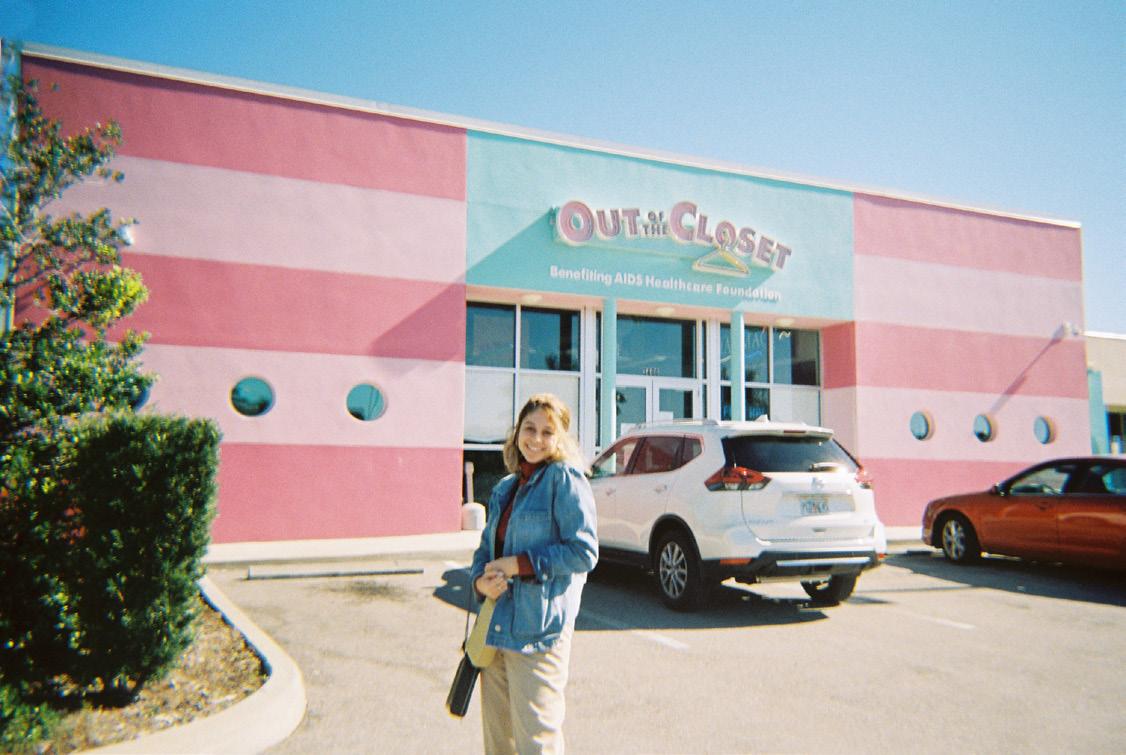

Houston, TX
Houston is a city where ur ban renewal is a major is sue. Even today, margin alized neighborhoods are regularly threatened.This photo was taken on top of an apartment complex that was demolished this year to make space for a highway expan sion project.

08
CASE STUDY:
We’ve talked about the role of race and socioeconomic status when it comes to space, but what about sexuality and gender identity?
Let’s go back to Atlanta. In neighborhoods like Midtown, Virgin ia Highlands, and Druid Hills, enclaves of LGBTQ+ communities began forming in the 20th century after white flight* prompted mass exodus from these downtown-adjacent areas.
Interestingly, gay men became pioneers in reinvesting in these neighborhoods. They began repairing historic homes, and were followed by other members of the queer Atlanta community who opened gay and lesbian bars and bookstores.
Here’s some data on queer Atlanta:

* White Flight: The phenomenon of white residents moving out of neighborhoods deemed “undesirable,” often due to a real or per ceived influx of minority homeowners.

09
In 1997, a lesbian bar was bombed, and throughout this de cade, these queer strongholds became gentrified by investors and wealthy people desiring to live closer to the city. Data has shown that these areas are now less affordable for queer people, who often must survive on lower household income and face issues like being cut off from family support. As a re sult, many queer venues in Atlanta have long been permanently closed.
Over the years, activists and urbanists have pre sented their own visions for queer-inclusive cities. Some of these visions include spaces of interaction between differently iden tified people, the redefi nition of family in zoning ordinances, and true recognition of queer people rather than mere tolerance.
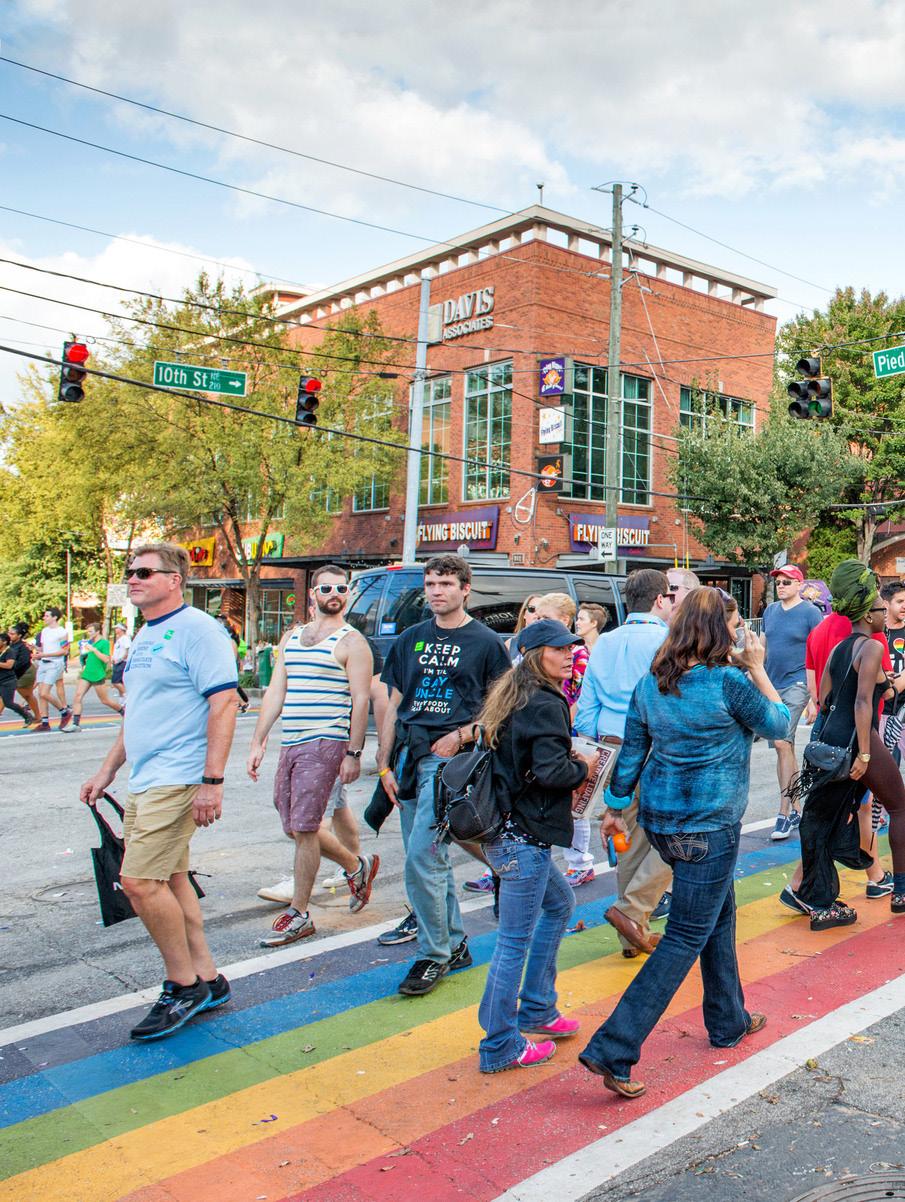
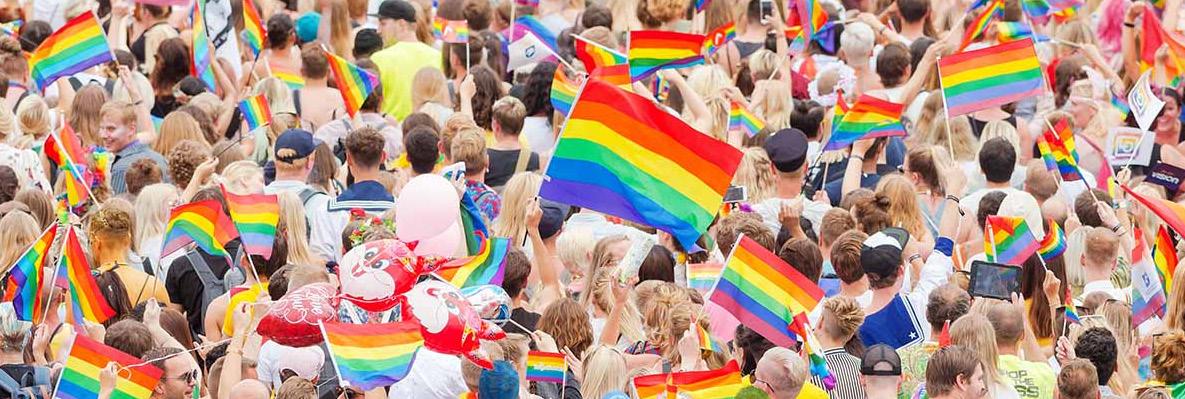
10
http://www.science.org/content/article/how-systemic-racism-shaped-ecosys tems-us-cities
http://www.jstor.org/stable/20866409
https://doi.org/10.1177/0739456X10391266
https://doi.org/10.1177/0739456X0202100303
https://doi-org.proxy.lib.fsu.edu/10.1111/ajes.12225
https://www.nytimes.com/interactive/2021/05/24/us/tulsa-race-massacre.html
https://www.segregationbydesign.com/atlanta/freeways-urban-renewal
Sources/Further Reading:





























